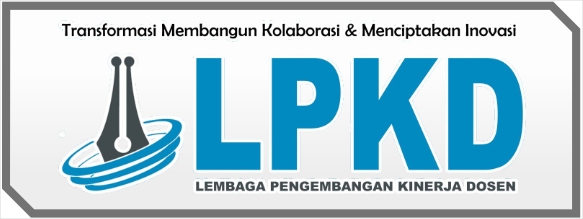Karakteristik Dan Manajemen Pasien Dengan Fistula Perianal Di RSU Cut Meutia Kabupaten Aceh Utara Tahun 2018 - 2021
DOI:
https://doi.org/10.55606/jikg.v1i3.1422Keywords:
Perianal Fistula, LIFT Procedure Management, RecurrenceAbstract
Perianal fistula is a condition where a cavity forms in the area around the rectum and fills with pus. Perianal fistula is an anorectal disorder that arises due to obstruction of the anal crypts. If left untreated perianal fistula can lead to serious complications such as perineal gangrene and sepsis. A large number of perianal abscesses will recur within a year or two, especially if predisposing factors are present. This study aims to determine patient characteristics and management of perianal fistula patients at Cut Meutia General Hospital in 2018-2021. This is a retrospective descriptive study using secondary data from perianal fistula patients at Cut Meutia General Hospital. The results of the study were 11 patients diagnosed with perianal fistula based on medical record data that met the inclusion and exclusion criteria. Based on the age range criteria, the most patients with perianal fistulas were in the age group range of 20 - 40 and 41-60 years, each of which was 5 patients (45.45%), male patients were the most, namely 9 patients (81.18%), based on the operation of perianal fistula patients who underwent surgery the most using LIFT procedures were 7 patients (63.63%), and based on the history of recurrence, the most patients who experienced new/primary cases of perianal fistula were as many as 9 patients (81.8%).
References
Panes J, Reinisch W, Rupniewska E, Khan S, Forns J, Khalid JM, et al. Burden and outcomes for complex perianal fistulas in Crohn’s disease: Systematic review. World J Gastroenterol. 2018;24(42):4821–34.
Zulkarnain FM, Soeselo DA, Suryanto, Singgih GG. Case report: Complex perianal fistula treated with fistula laser closure (FILAC) and suction catheter. Int J Surg Case Rep [Internet]. 2021;84
Iman N, Fajarini ES. Peranan 3D Axial Hypercube T2 Fat Sat Pada Pemeriksaan Mri Pelvis. 2012;91–5.
Paulsen F, Waschke J. Sobotta Atlas Anatomi Manusia. Jakarta Kedokt EGC Ed. 2013;23.
Ahmed F, Bose G kumar, Talukder MRA. A Retrospective Study of Incidence of Fistula after Management of Perianal Abscess. Glob Acad J Med Sci. 2022;4(1):29–33.
Yasir Hassan Elhassan, Salman Y. Guraya HA. The Prevalence, Risk Factors and Outcome of Surgical Treatment of Acute Perianal Abscess from a Single Saudi Hospital. Biosci Biotechnol Res Asia. 2017;14:153–9.
Denisenko VL. Laser-based Management of Perianal Fistulae. EC Gastroenterol Dig Syst. 2020;7:1–6.
Kenneth L. Gage, Swati Deshmukh, Katarzyna J.2013. Macura,MRI of Perianal Fistulas: Bridging the radiologic-surgical divide. Abdom Imaging. 2013 October ; 38(5): 1033–1042.
Abhishek Mitra & Amitabh Yadav & Naimish Mehta.2015. Complicated Perianal Sepsis. Indian J Surg (December 2015) 77(Suppl 3):S769–S773.
Scott R. Steele, Ravin Kumar, Daniel L. Feingold,.2011.Practice Parameters for the Management of Perianal Abscess and Fistula-in-Ano. Diseases of the colon & rectum volume 54: 12 (2011).
Downloads
Published
How to Cite
Issue
Section
License
Copyright (c) 2023 Muhammad Sayuti, Sofia Rizka, Moh Arief Kresna

This work is licensed under a Creative Commons Attribution-ShareAlike 4.0 International License.


















